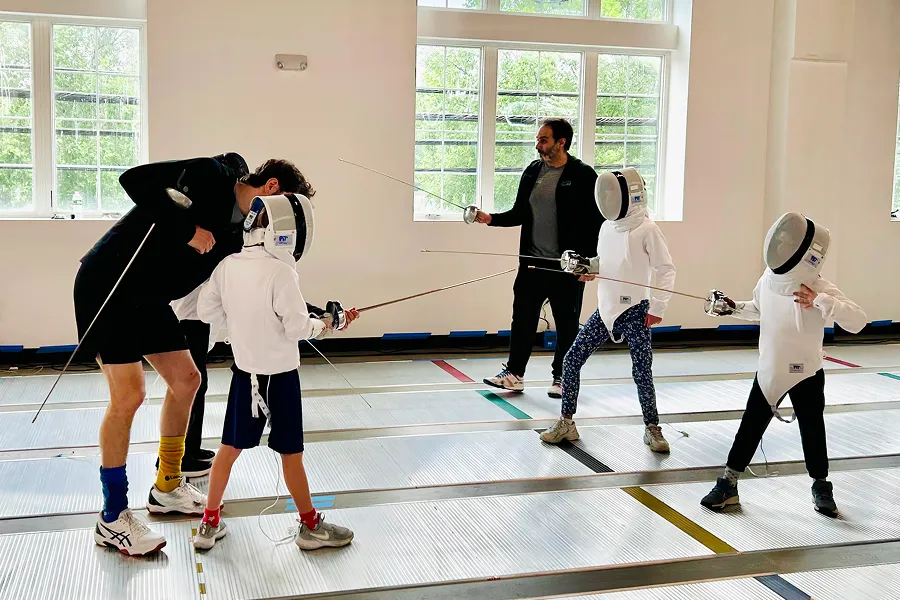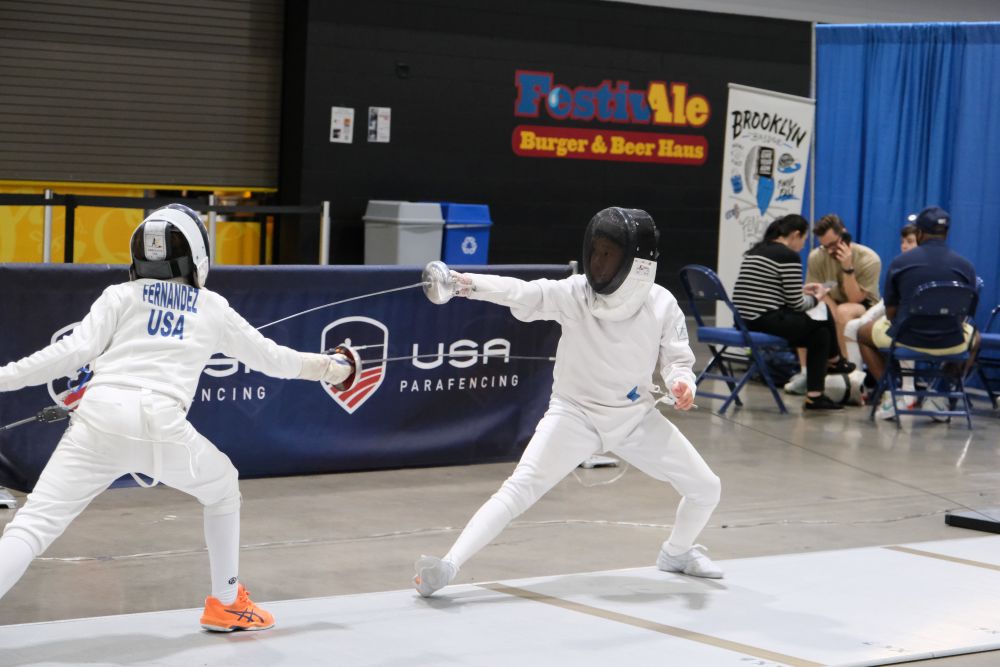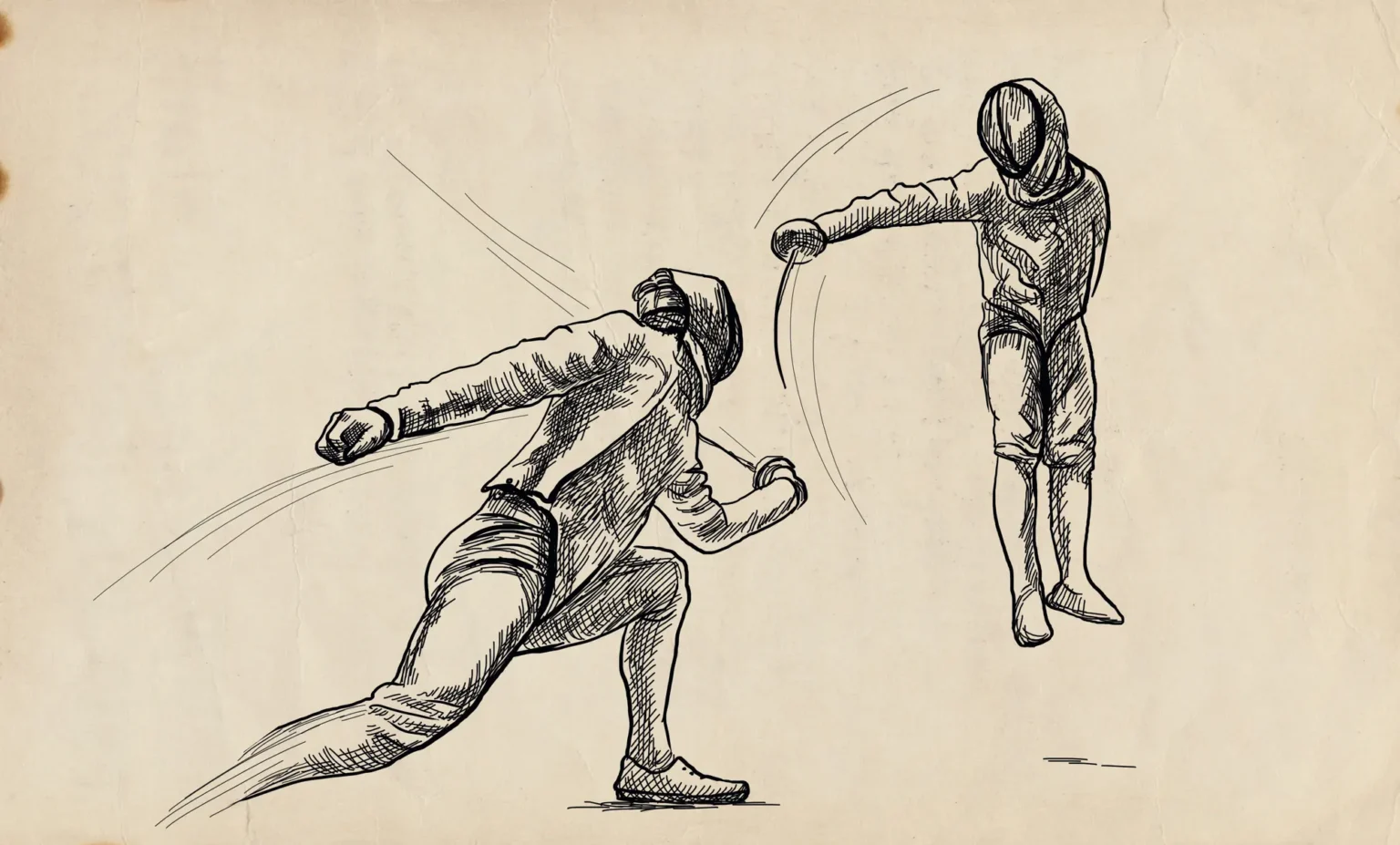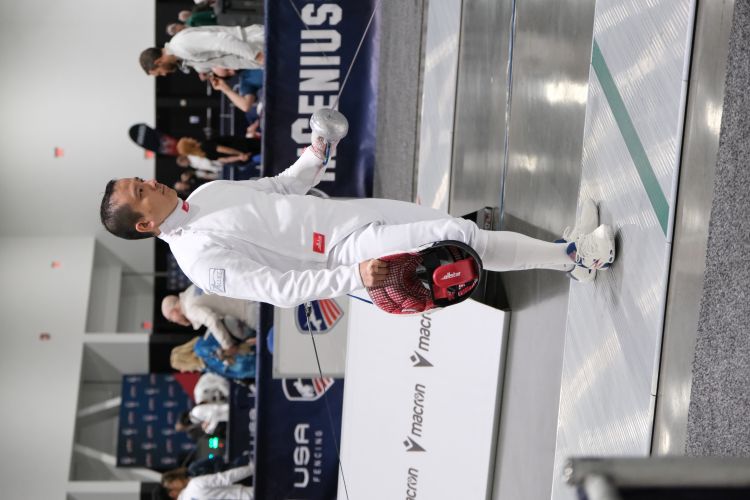By Jimmy Zhang
In fencing, everything begins with the stance.
It’s called en garde, a position that signals readiness, balance, and presence. You're not attacking, and you're not retreating. You're grounded. It’s the foundation that allows everything else—strategy, movement, precision—to flow.
As a relatively new fencer and a long-time leader, I’ve come to realize that inclusive leadership starts in much the same way: with a stance.
Inclusion Begins With How We Show Up
Leadership today is not just about setting direction. It is about creating environments where people feel seen, heard, and valued. That doesn’t happen by accident. It begins with how we show up in meetings, in decision-making moments, and in the subtle signals we send through behavior and tone.
The inclusive leader’s stance is not performative. It is grounded in intention and awareness:
- A readiness to listen without defensiveness
- A willingness to challenge long-held assumptions
- A commitment to recognizing and mitigating bias, starting with ourselves
Balancing Conviction and Openness
In fencing, leaning too far forward leaves you overcommitted and exposed. Leaning too far back makes you ineffective and disengaged. The best fencers find their balance and remain centered, agile, and responsive.
Inclusive leadership requires the same kind of balance:
- Confidence in your values and direction
- Openness to new perspectives and feedback
That combination of conviction and curiosity is not a contradiction. It is a leadership strength that allows us to remain firm in our purpose while adaptive in our approach.
From Strategy to Culture
Inclusion cannot just be a strategy or a set of initiatives. Strategy without cultural readiness does not take root. Just as a fencer would never step into a bout without checking their stance, leaders must examine how their presence shapes the culture around them.
This reflection can be simple but powerful:
- Are we making space for honest dialogue?
- Are we aware of the dynamics in the room?
- Do people feel safe challenging ideas or raising concerns?
These questions reflect posture as much as policy. People can sense a leader’s stance before a single word is spoken.
Final Thought
Inclusion is not reactive. It is not a checkbox or a trend. It is a daily choice and a leadership stance that others can feel and follow.
Before your next meeting or critical conversation, pause for a moment. Ask yourself: Am I grounded? Am I present? Am I ready to lead in a way that includes and uplifts the people around me?
The best leaders are not only sharp in their strategy. They are steady in their stance.





